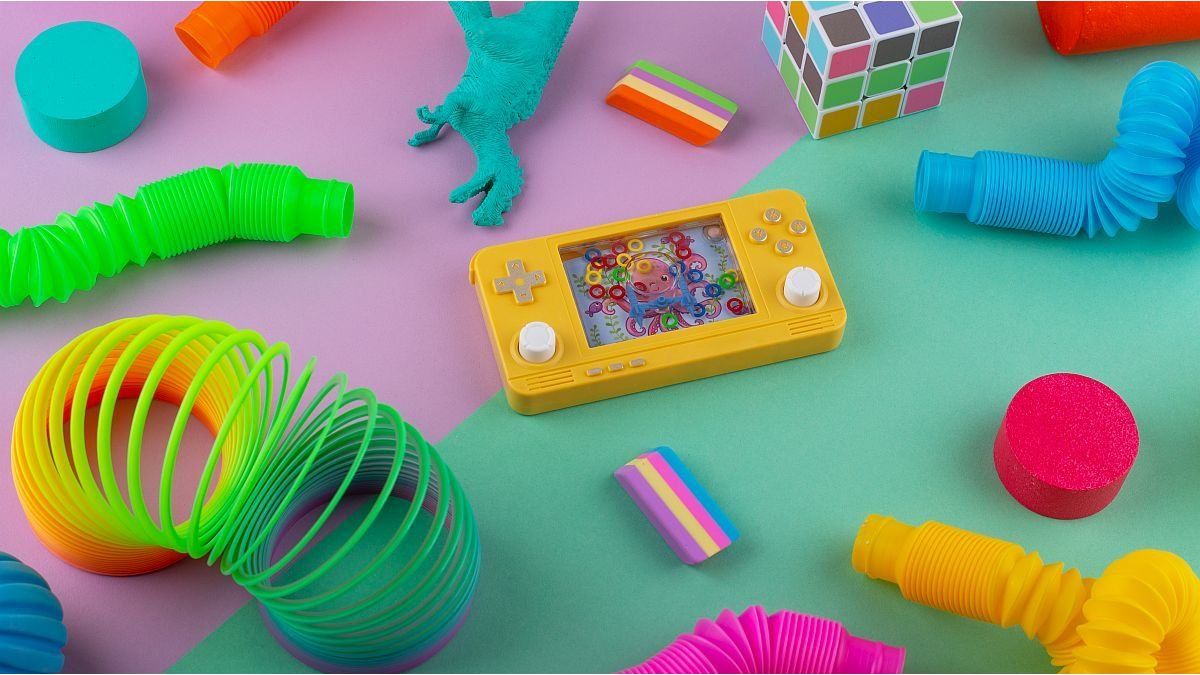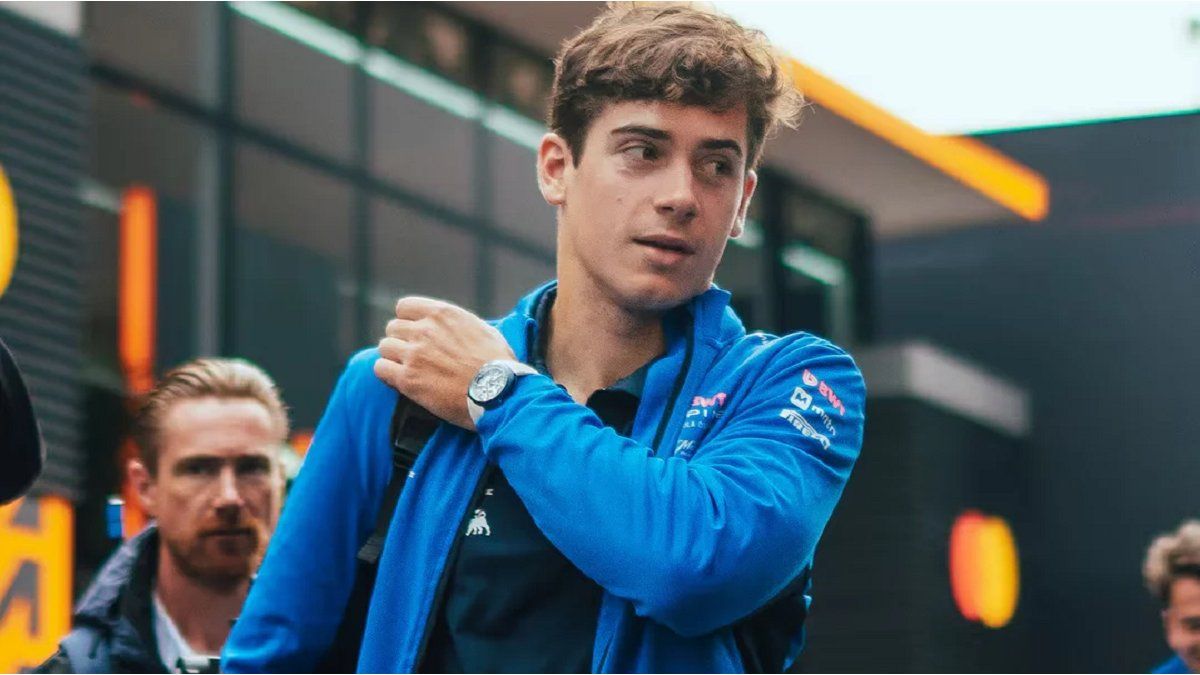The Argentine Society of Pediatrics (SAP) and the Argentine Chamber of the Toy Industry (CAIJ) They sealed a strategic agreement to Promote safety in toys for girls and boys. The initiative includes educational campaigns, manufacturers advice and a safety observatory in toys that seeks to prevent accidents and guarantee a responsible and healthy play environment.
An unprecedented agreement between pediatricians and the toy industry
The SAP and the CAIJ announced the signing of an agreement that focuses on an aspect so many times relegated: the safety in the toys used by the little ones. Far from being a minor issue, the choice of an insecure product can lead to serious accidents, especially in children under five years.
The agreement includes joint actions ranging from awareness campaigns to training for manufacturers, publications with technical recommendations and a direct cooperation space between pediatric doctors and the industry. The objective is clear: reduce risks and ensure that toys comply with current safety standards.
From the SAP, Dr. Adela Armando, Secretary of the National Committee on Lesion Prevention, concluded the agreement and stressed that it is “a transcendent step in the mission of protecting the health and safe development of children.”
A safety observatory in toys
The CAIJ announced in parallel the creation of a safety observatory in toys, which will work as a surveillance and control space. There will be evaluated emerging risks, recommendations for responsible purchase will be disseminated and it will be verified that the products marketed comply with the marking in accordance with the regulations.
In addition, the Chamber Laboratory will grant the “Safe Toy” seal to those articles that exceed technical tests. According to the president of the CAIJ, Matías Furió, this step represents “a clear sign of the sector’s commitment to strengthen prevention and ensure that toys that reach the hands of the boys comply with the highest quality standards.”
FREQUENT RISKS: What do pediatricians warn
SAP warned that the main problems related to insecure toys include:
-
Choking and suffocation by small pieces, balloons or plastic wrappers.
-
Poisoning By paintings, plastics or heavy metals, in addition to the accidental intake of batteries.
-
Traumatic injuries by cuts, falls or defective toys.
-
Burns and electrical risks by defective batteries or overheating.
-
Dermatitis and infections in fabric or stuffed toys.
-
Auditory or visual damage due to excessive noises or high intensity LED lights.
Pediatricians note that these incidents are not isolated, but frequent consultations in clinical practice. Hence the importance of having an epidemiological surveillance system, something that the agreement will seek to strengthen.
Tips for families: choose, supervise and accompany
Dr. Cecilia Rizzuti, prosecutor of the injury prevention committee, insisted that “toys must be selected according to the recommended age, because these indications are not accessory, but the result of specific risk assessments.”
In addition, pediatricians recommend periodically reviewing the status of toys, since a safe product in good condition can be transformed into a risk when damaged.
SAP also emphasizes that the condition of “safe toy” does not replace the need for adult supervision. “Supervising, sharing and guiding the game helps prevent injuries and strengthens the affective bond,” said Dr. Armando.
A virtuous circle between health and production
The agreement not only points to direct accident prevention, but also to generate a flow of information between doctors and manufacturers. As Furió recalled, “pediatricians are in the first line when an injury occurs. Systematizing that information and returning it to the productive sector is key to continuing to improve.”
Nino-Vista-Frontal-Jurado-Juguetes-Madera.jpg
The agreement seeks to promote toys for girls and boys.
In a context where health and industry usually go on separate paths, this agreement raises a different model: articulate efforts to transform the game into a safe space, development and integral well -being.
The game is a fundamental right in childhood, but it can also become a risk if the necessary precautions are not taken. The agreement between the SAP and the CAIJ represents an opportunity to raise security standards, strengthen the consciousness of families and ensure that each toy is, indeed, a learning tool and growth, and not a reason for medical consultation.
Source: Ambito
I am an author and journalist who has worked in the entertainment industry for over a decade. I currently work as a news editor at a major news website, and my focus is on covering the latest trends in entertainment. I also write occasional pieces for other outlets, and have authored two books about the entertainment industry.




